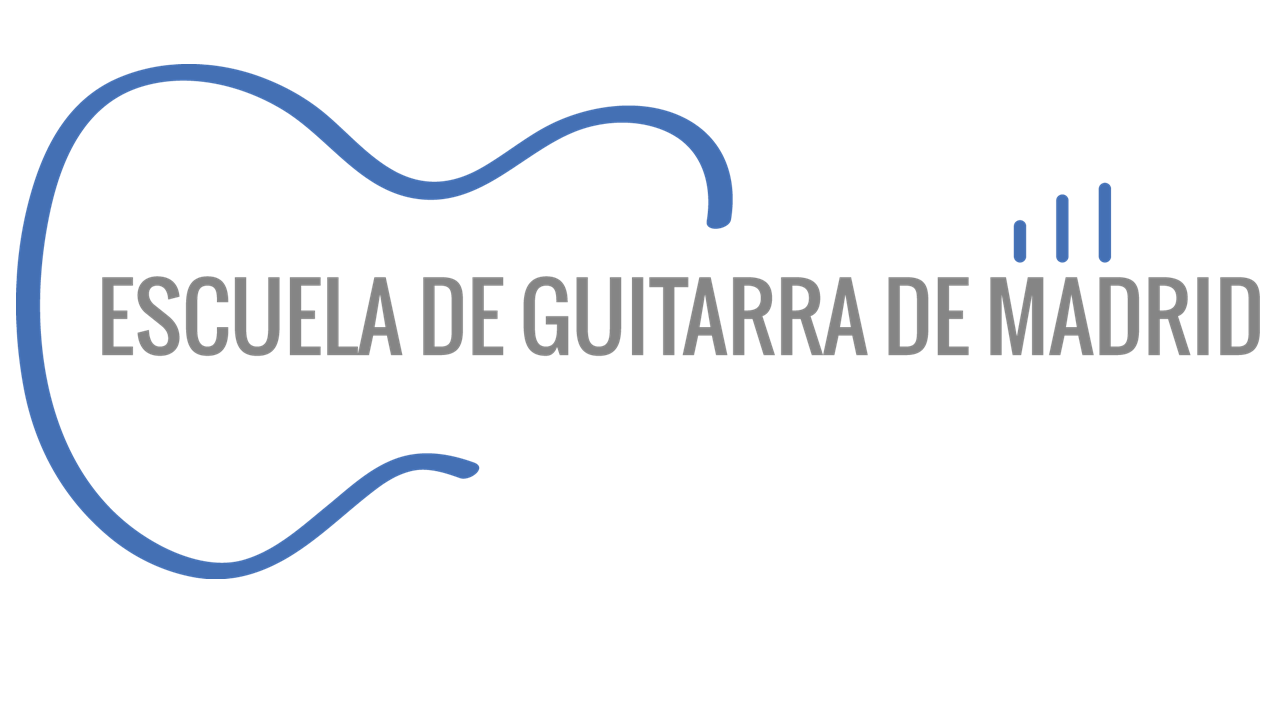Textures and Tones of The Voice: Musical theatre, R&B, and Pop
by Chris Glyde

In article two of the tones and textures series, I’ll be looking into some basic tones for musical theatre, pop, and R&B. I will not be addressing every tone, as that would take forever! Also, please take note that just because one article says “rock textures” and another says “pop testers,” this doesn’t mean you can’t use certain sounds in either one. There are plenty of pop tunes with distortion, plenty of tunes with nasal sounds, and plenty of rock tones with very clear singers. Mixing the tones is how you generate something truly unique. No matter how often people say you sound like so and so, everyone who learns to sing truly wants to develop a voice that they can call their own.
Bright, mask clean tone (a la musical theatre)
I’m not really a fan of this sound myself, but many, many people are. That being said, if you’re looking to replicate this pure, clean tone, it’s actually not very difficult. The main thing that you need to be aware of is that you’re singing through what’s called the “mask” region of the voice. The mask region consists primarily of muscle groups towards the front of the mouth. You’ll need to make sure that your teeth are showing while singing this way. If you’ve ever heard the phrase “smile while you talk,” this is exactly the idea for how to perform this type of singing, except in this case, it’s “smile while you sing.” As you train, you can carry this sound, but even without training, it’s still a very easy sound to produce. However, as you ascend to higher notes, it will become tighter and lose its bright timbre without the training. Be sure to keep that it mind.

Airy Tones:
The airy tone is always a traditional R&B, soul, and pop sound. Stuck at the end of any phrase, this tone just gives people chills. This is actually not that difficult of a technique to add to your voice repertoire, but it’s also a technique that you must be careful about. Too much air can dry out the vocal chords, and when the vocal chords are dry, that’s when they can get really damaged. So, use the air if you want it, but you also need to know when to pull back in order to keep yourself healthy.
In order to get more air into your sound, I would recommend simply breathing, holding your breath, and then making an H sound, just like the beginning of “hush” (just the “hu” part). Then, sing your phrases through this air. It takes a lot of time to get this sound right, so don’t get frustrated if you don’t master this sound right away. Just like anything else, if you work on it long enough, it will come.
This is another sound that is easy to control with training, but not impossible to use without. However, just like with all tones and textures, caution should be taken. You can still damage your voice if you aren’t careful.
Final words:
There are many different tones and textures that you can add to your voice in order to make it sound unique, or just like your favorite artists. It requires exploration and the right teacher to help you, but the options really are endless. Here, we’ve only talked about three. These are the sounds that are less likely to harm you without training, but we could go on and on with the different types of vocal sounds that are available. My suggestion for you is to train your voice up, play with these sounds, and have a ton of fun doing it!
———————
Chris Glyde is a vocal coach dedicated to helping his vocal students continue to grow their voices. If you’re looking for voice lessons in Rochester, he’s here to help!
